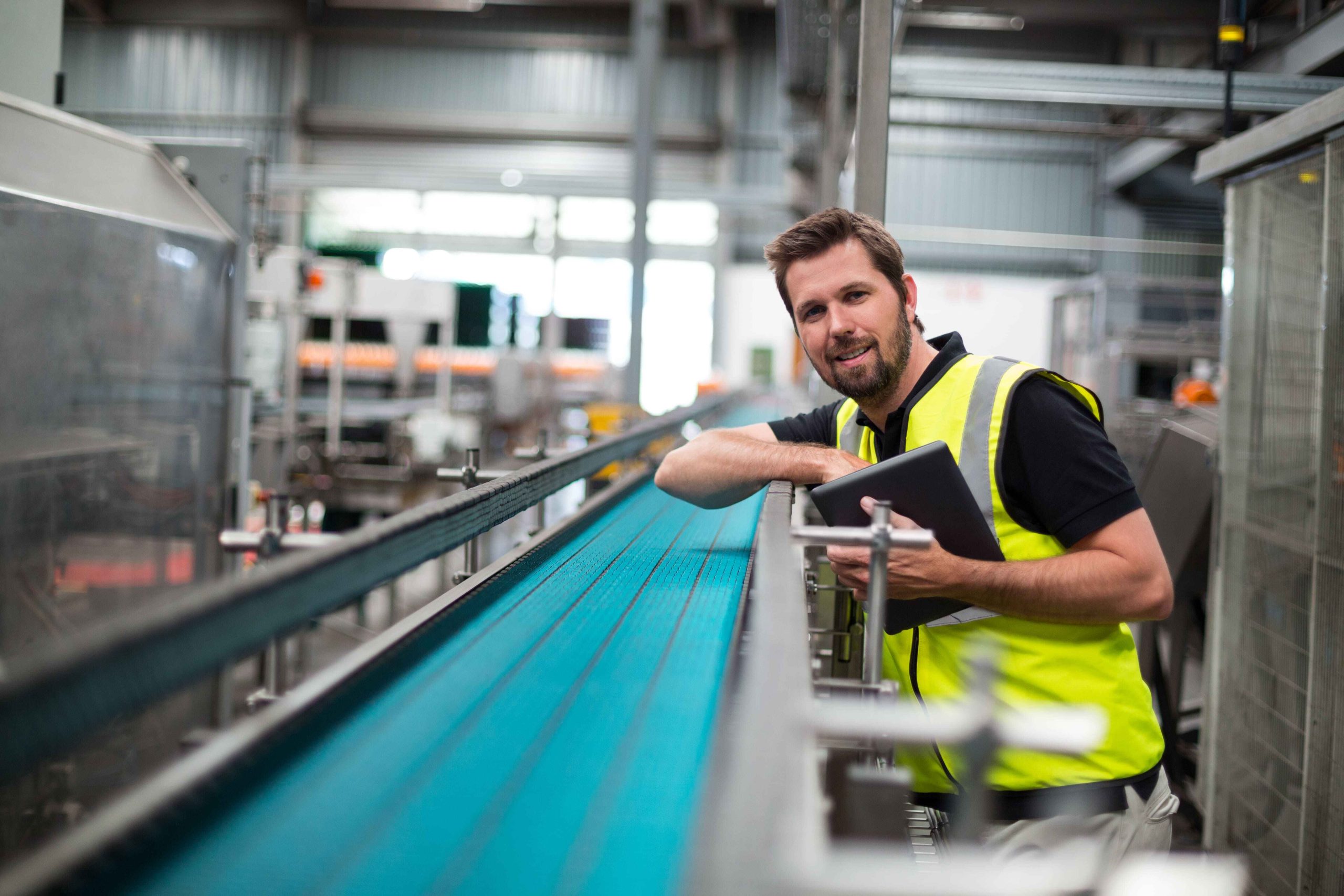Many people are familiar with the DMAIC method, but when it comes to designing new processes, the DMADV method is often used in factories. Whether you are looking to create an entirely new process or reinvent an existing one, the DMADV method can guide you. In this blog, we will take a closer look at the steps of the DMADV method and the ongoing DMADV vs. DMAIC discussion.
What does DMADV stand for?
The DMADV method is a highly structured approach used within the Six Sigma framework for designing new processes. The goal is to create a process that meets customer expectations right from the start. Each letter in DMADV represents one of the steps in the design process. These steps – Define, Measure, Analyse, Design, and Verify – should be followed in the correct order. Below, we will explain the value of each step within the DMADV method.
Define
The DMADV model starts with a phase where you determine the problem or need. You set clear objectives, with a strong focus on customer requirements. During this stage, you assemble a project team and define the scope and timeline. The key activities include identifying customer needs, setting project goals, mapping stakeholders, and defining boundaries. This is typically done through interviews, surveys, and customer feedback. Useful DMADV tools at this stage include the Project Charter and the SIPOC diagram (Suppliers, Inputs, Process, Outputs, and Customers).
Measure
The next phase in the DMADV model focuses on data collection. The goal is to gain insight into the current situation so customer needs can be translated into measurable specifications. In addition to clearly defining customer requirements, you also establish the Critical to Quality (CTQ) characteristics and begin gathering data on existing processes or comparable products. This can involve direct measurements, customer feedback analysis, and benchmarking. Supporting tools in this phase include benchmarking, the Kano model, and the CTQ tree.
Analyse
In the Analyse phase, you examine the collected data to understand which design requirements are critical to achieving a successful outcome. Key activities include analysing root causes, identifying design alternatives, and mapping risks and potential bottlenecks. This often involves data analysis and risk assessments, sometimes in collaboration with stakeholders or technical experts. Commonly used DMADV tools in this phase include Ishikawa diagrams (fishbone), Pareto analysis, and Root Cause Analysis (RCA).
Design
All research has been completed – now it is time to start developing a (new) design that meets the previously defined requirements. You will begin by creating and testing design concepts, using the collected data to support your decisions and incorporating customer feedback to refine the design. Effective ways to do this include building prototypes, running simulations, or conducting user testing sessions.
Verify
The final step of the DMADV method is to test and validate the design before it is fully implemented. This means checking whether the design meets the requirements, measuring performance in a controlled and safe environment, and of course, verifying customer satisfaction. Results are typically gathered through pilot runs and feedback loops. To ensure a clear and structured process, you can use DMADV tools such as pilot testing, validation protocols, and feedback analysis systems.
What are the benefits of the DMADV model for your factory?
The DMADV model helps factories develop products and processes that meet customer specifications right from the start, preventing costly redesigns and errors later in the process. Its structured step-by-step approach ensures clear communication, thorough risk analysis, and customer-focused decision-making. As a result, it not only improves quality but also reduces costs associated with mistakes and shortens project lead times. In addition, DMADV encourages innovation and continuous improvement – key factors for staying competitive in a rapidly changing market.
What is the difference between DMADV and DMAIC?
If you are not yet fully familiar with the methods, DMADV and DMAIC might seem similar at first. However, they serve very different purposes. So how does the DMADV vs. DMAIC comparison really work? The only real similarity between the two methods is their focus on reducing variation and improving customer satisfaction by placing customer needs at the centre. The main difference lies in their goals. DMAIC is used to improve existing processes by solving problems and reducing variability. DMADV, on the other hand, is focused on designing entirely new processes or products that meet customer requirements from the outset. In short: DMAIC = Improvement, DMADV = Design.
How does the EZ-GO app support the DMADV method?
Interested in applying the DMADV approach within the Six Sigma framework? The EZ-GO app supports the execution of the DMADV method by guiding users through each step with structured workflows, checklists, and templates. Within the platform, you can define project goals, collect data, visualize analyses using forms and dashboards, and even document plans. All of this takes place in one central location that is accessible to everyone involved in the project.
Questions about the DMADV method or the EZ-GO app?
Do you have questions about the DMADV method, or are you curious how the EZ-GO app can support your team in designing efficient and customer-focused processes? Feel free to contact us! Our team is ready to provide advice, a live demo of the app, or practical tips tailored to your project.


